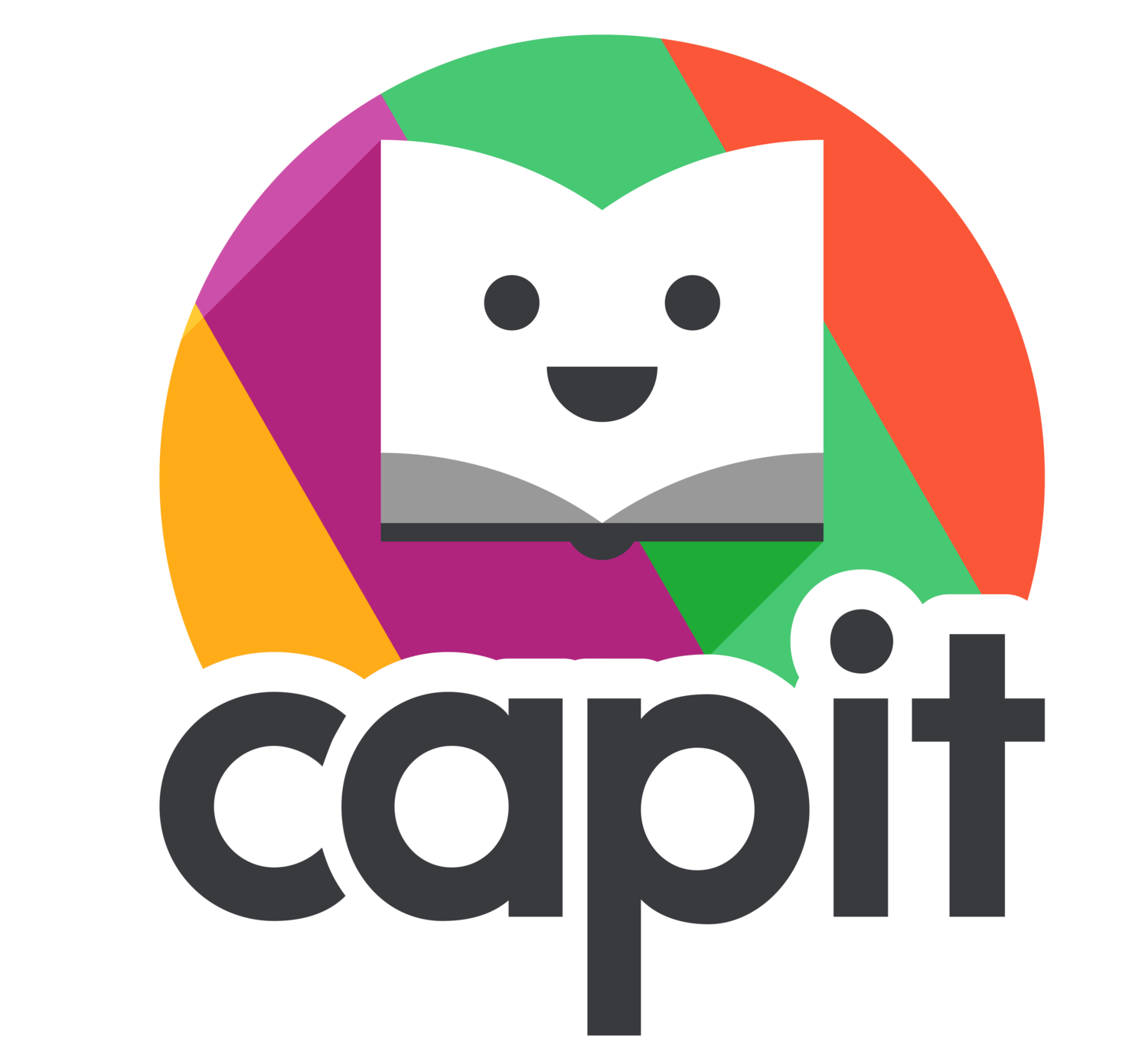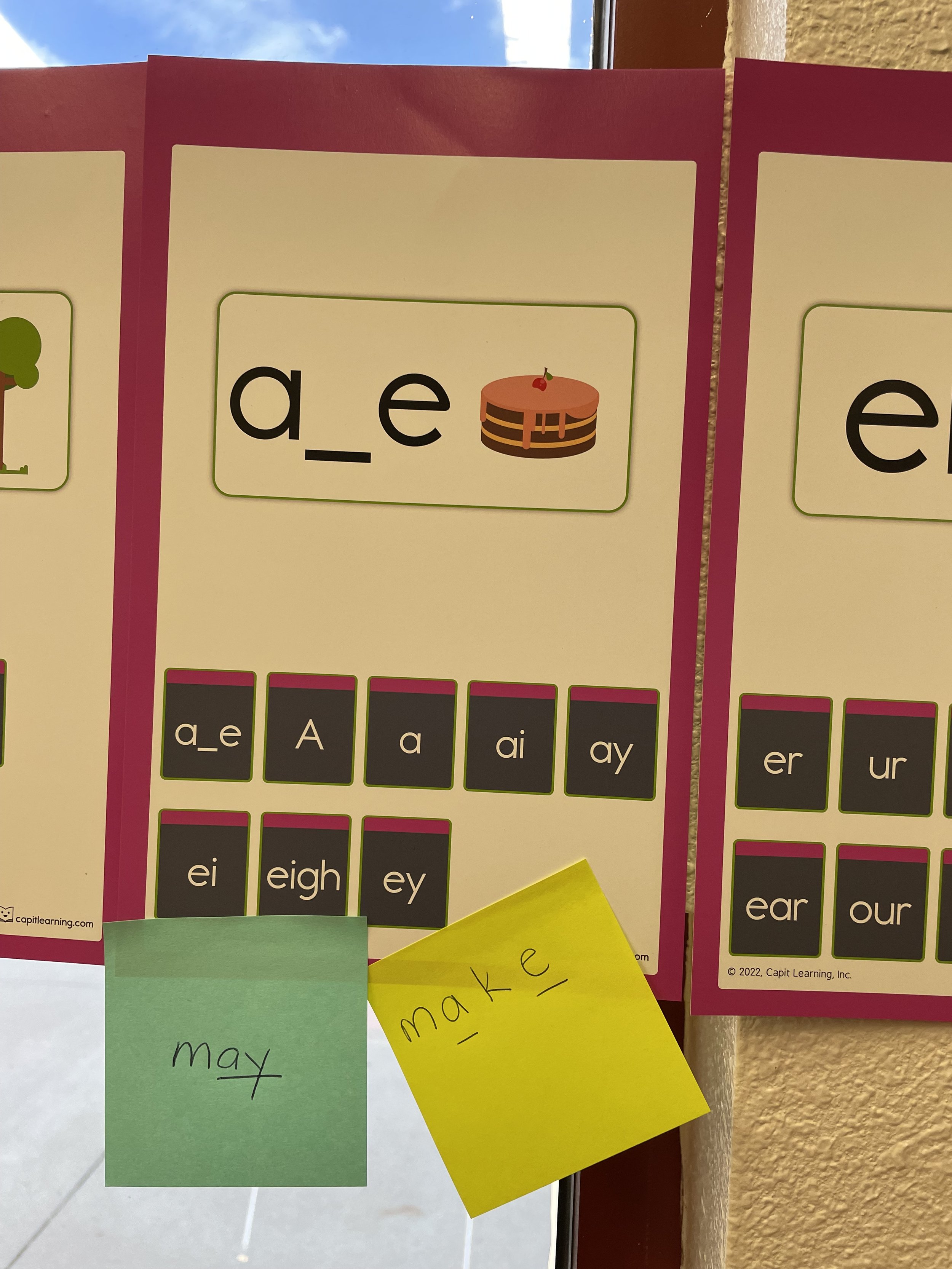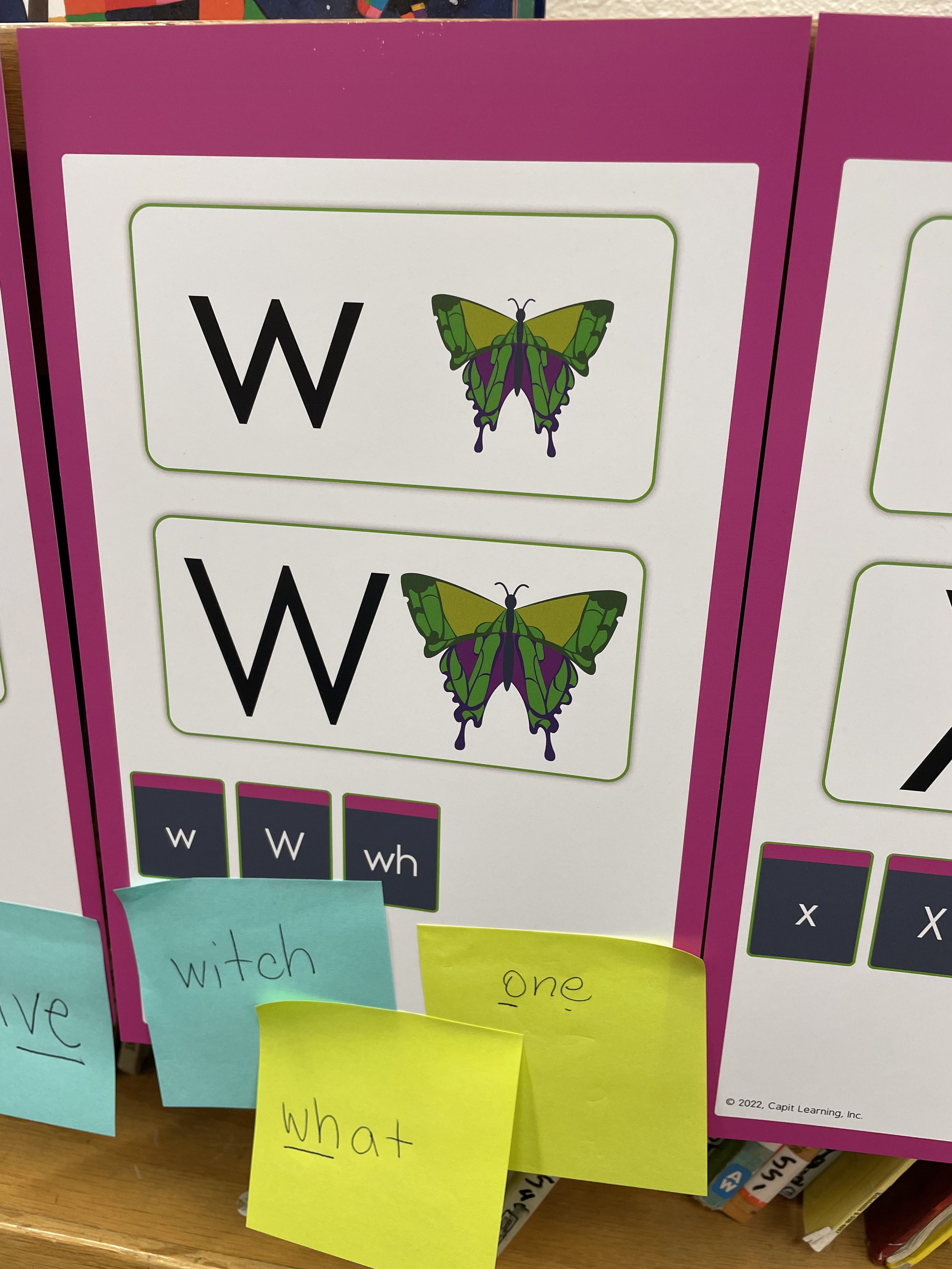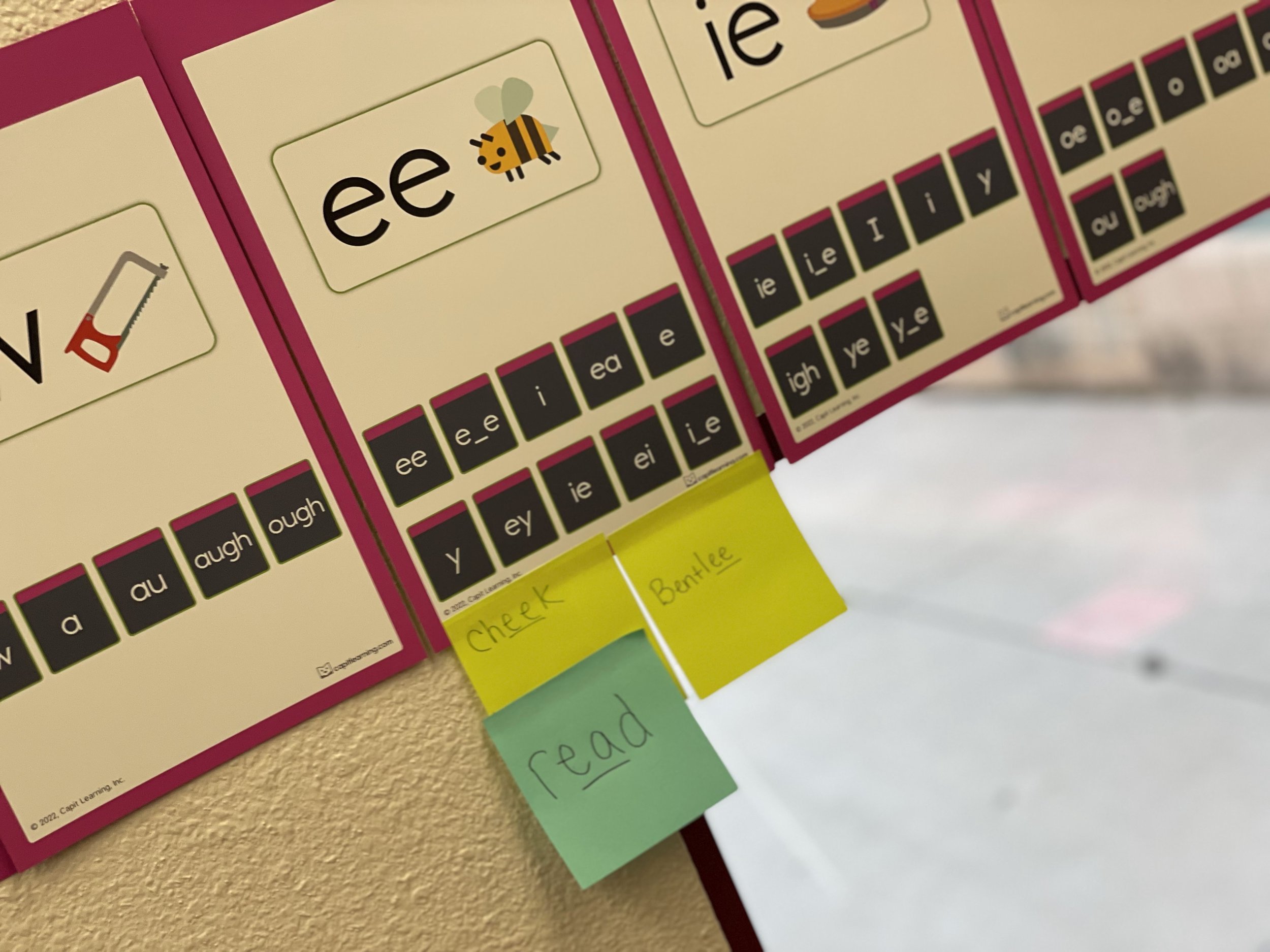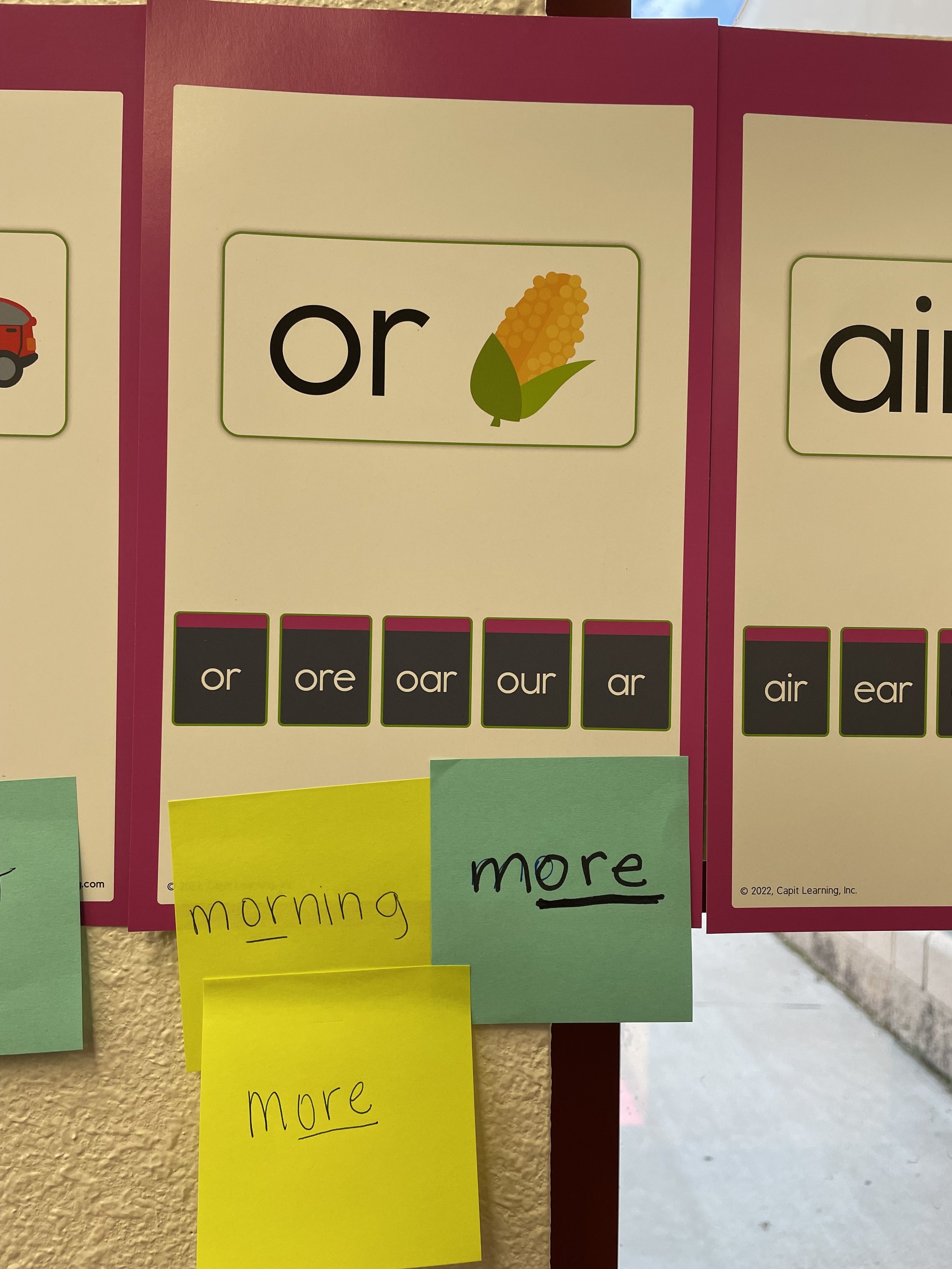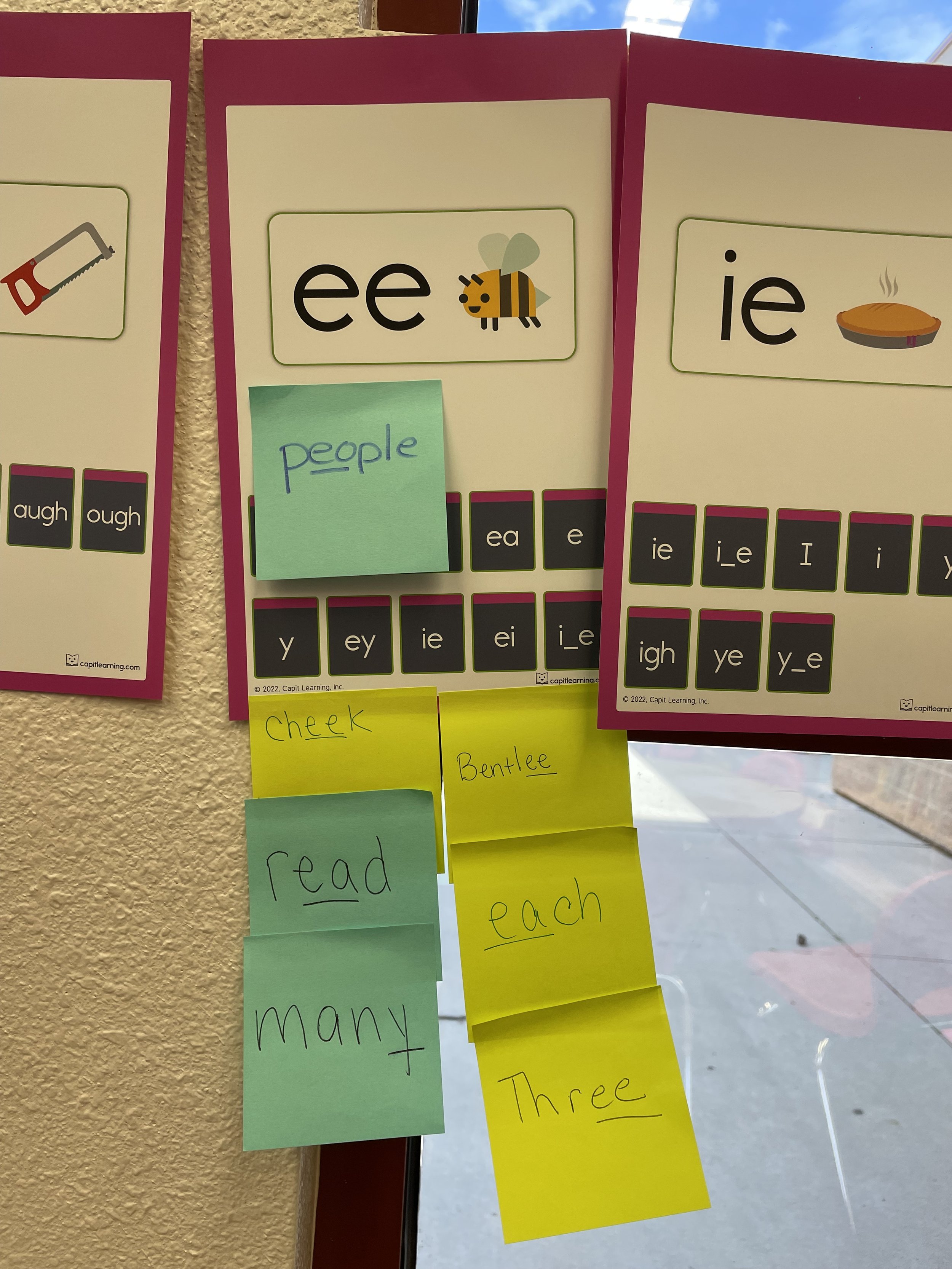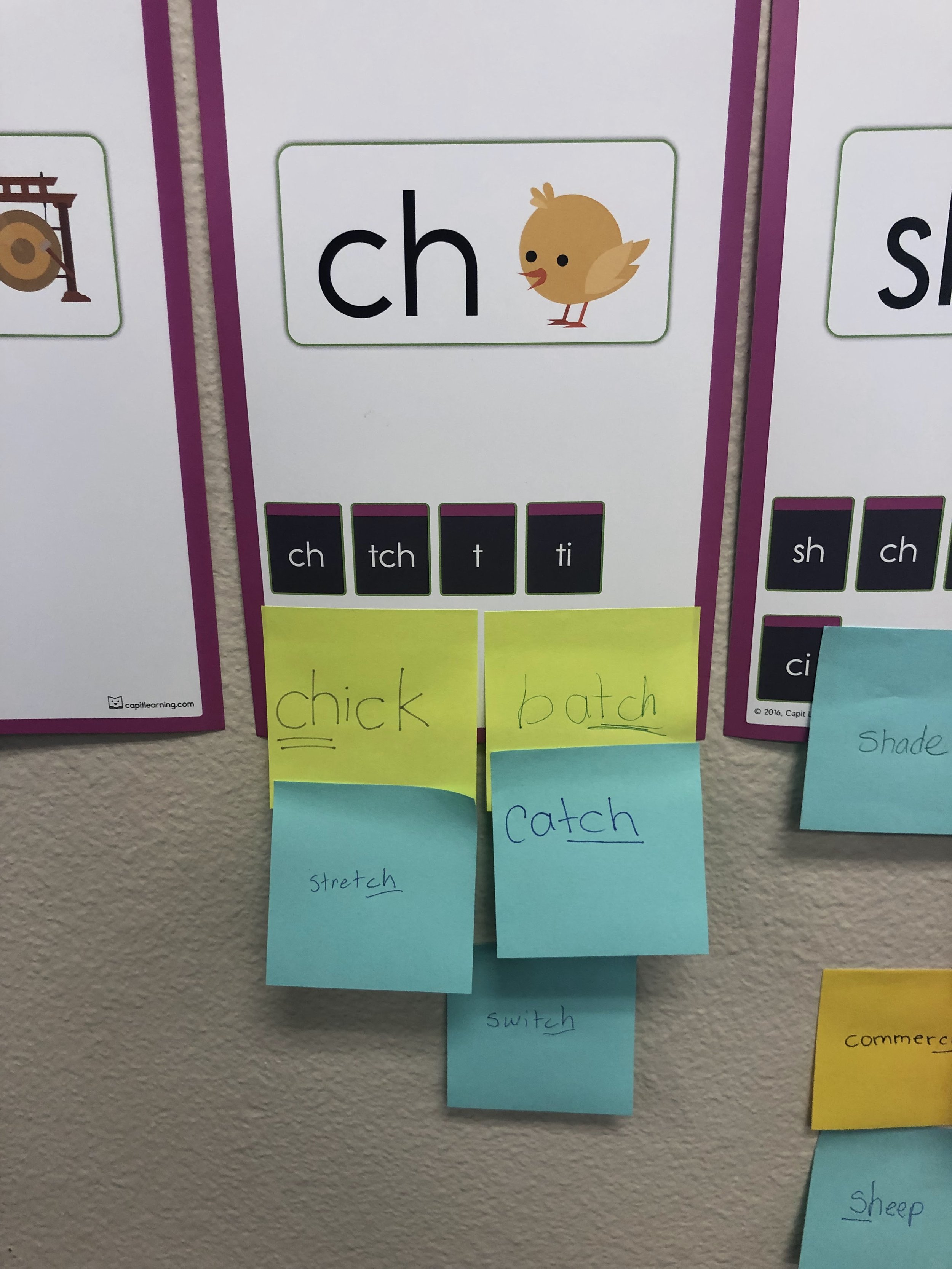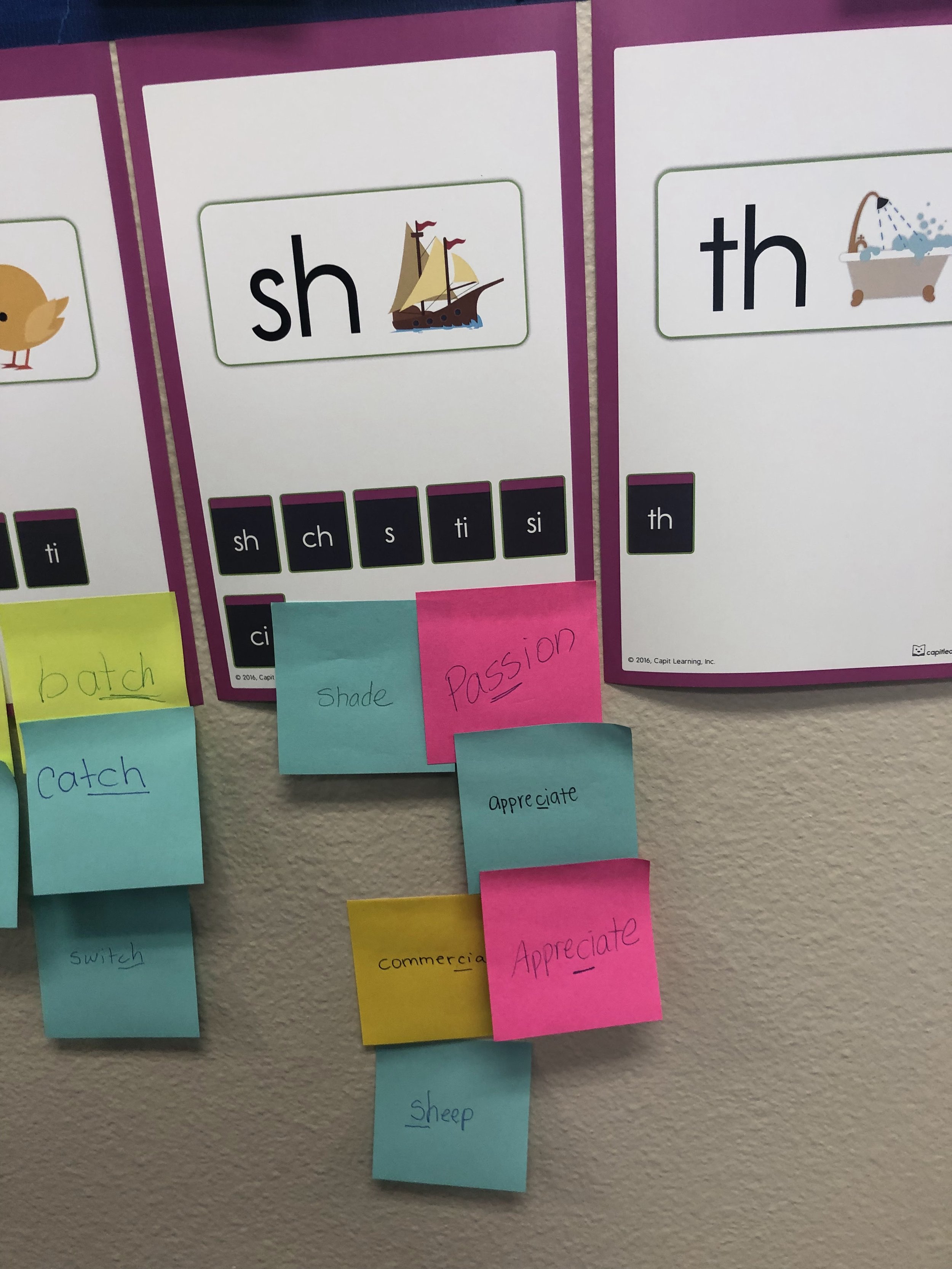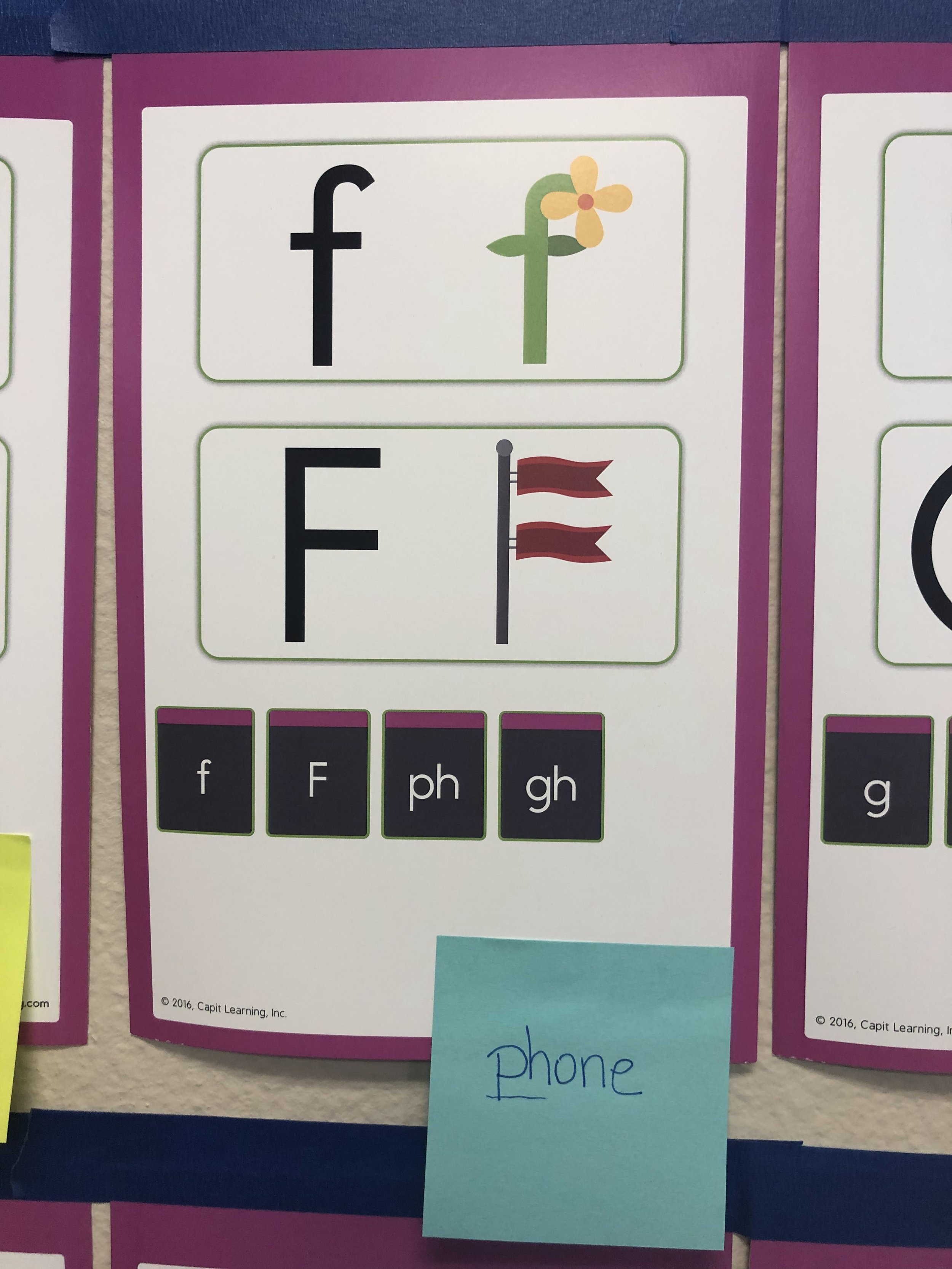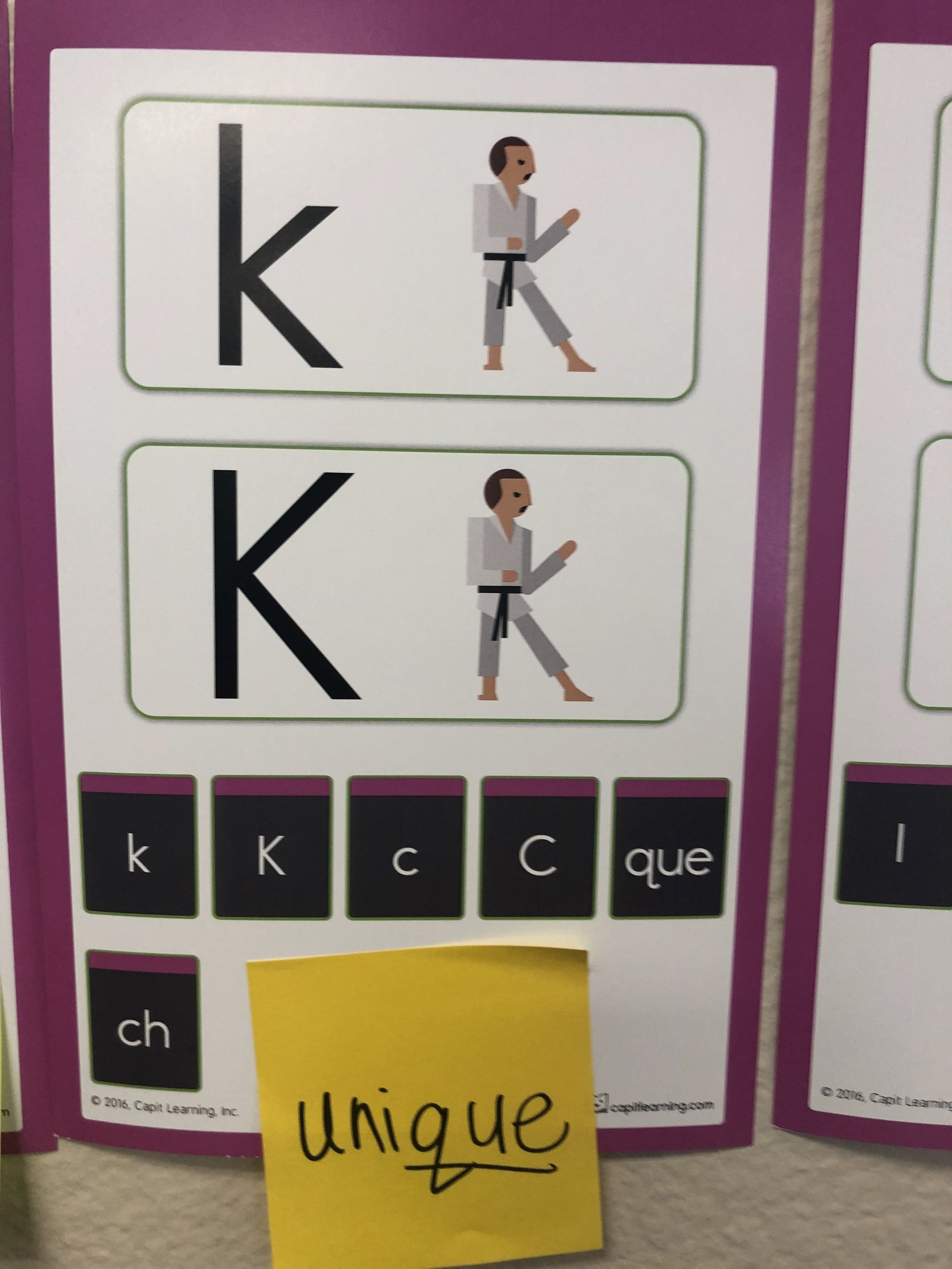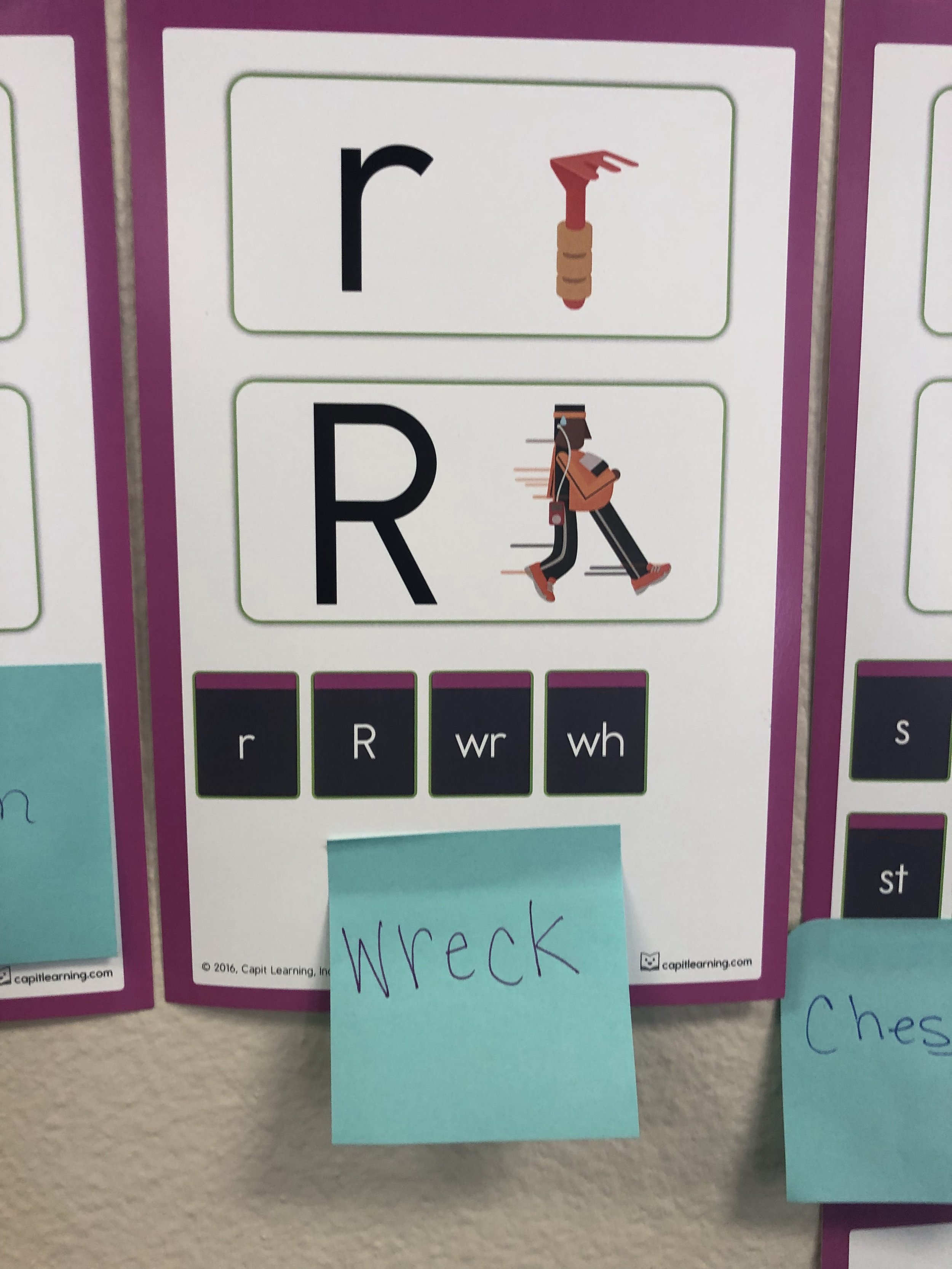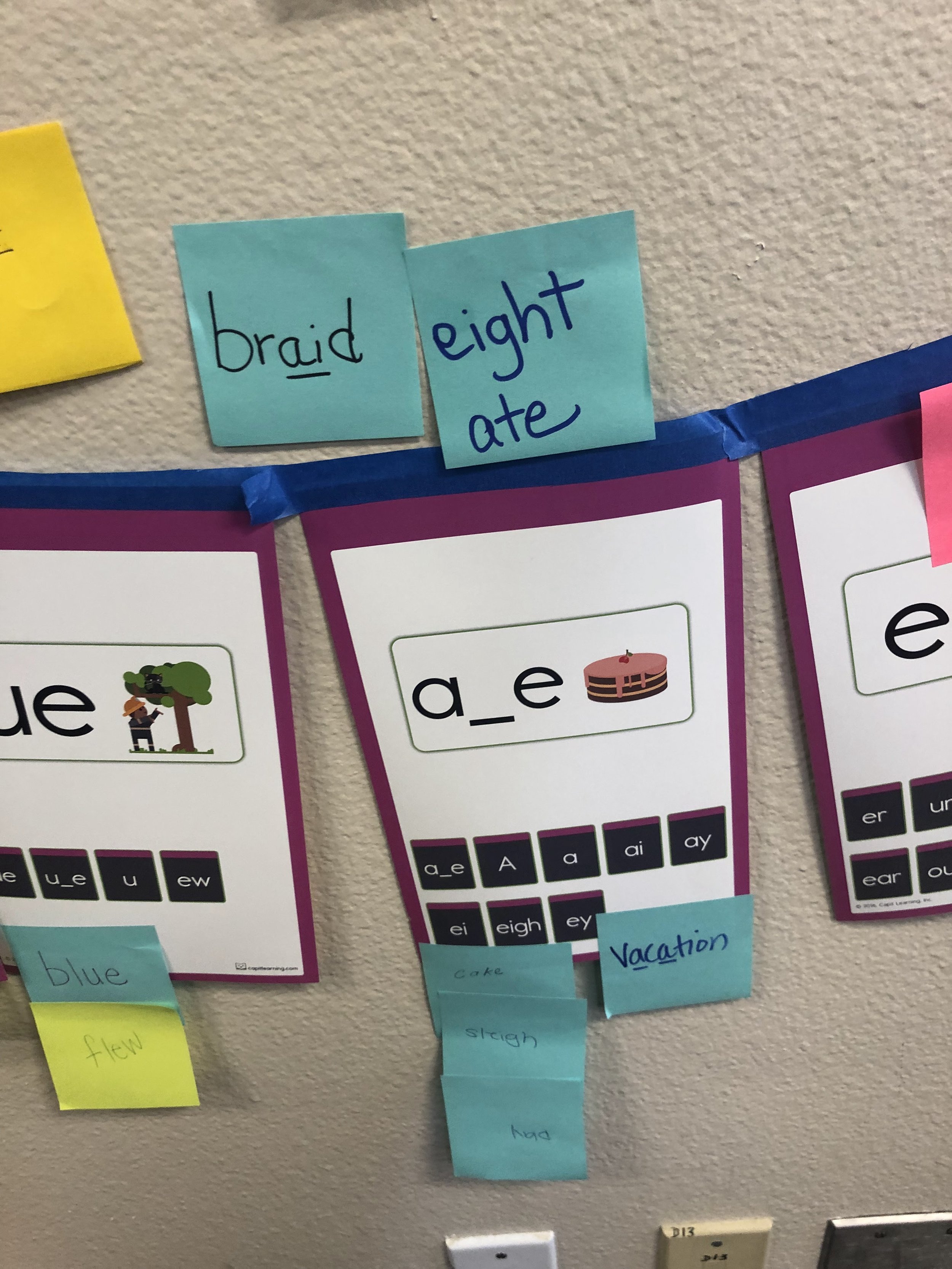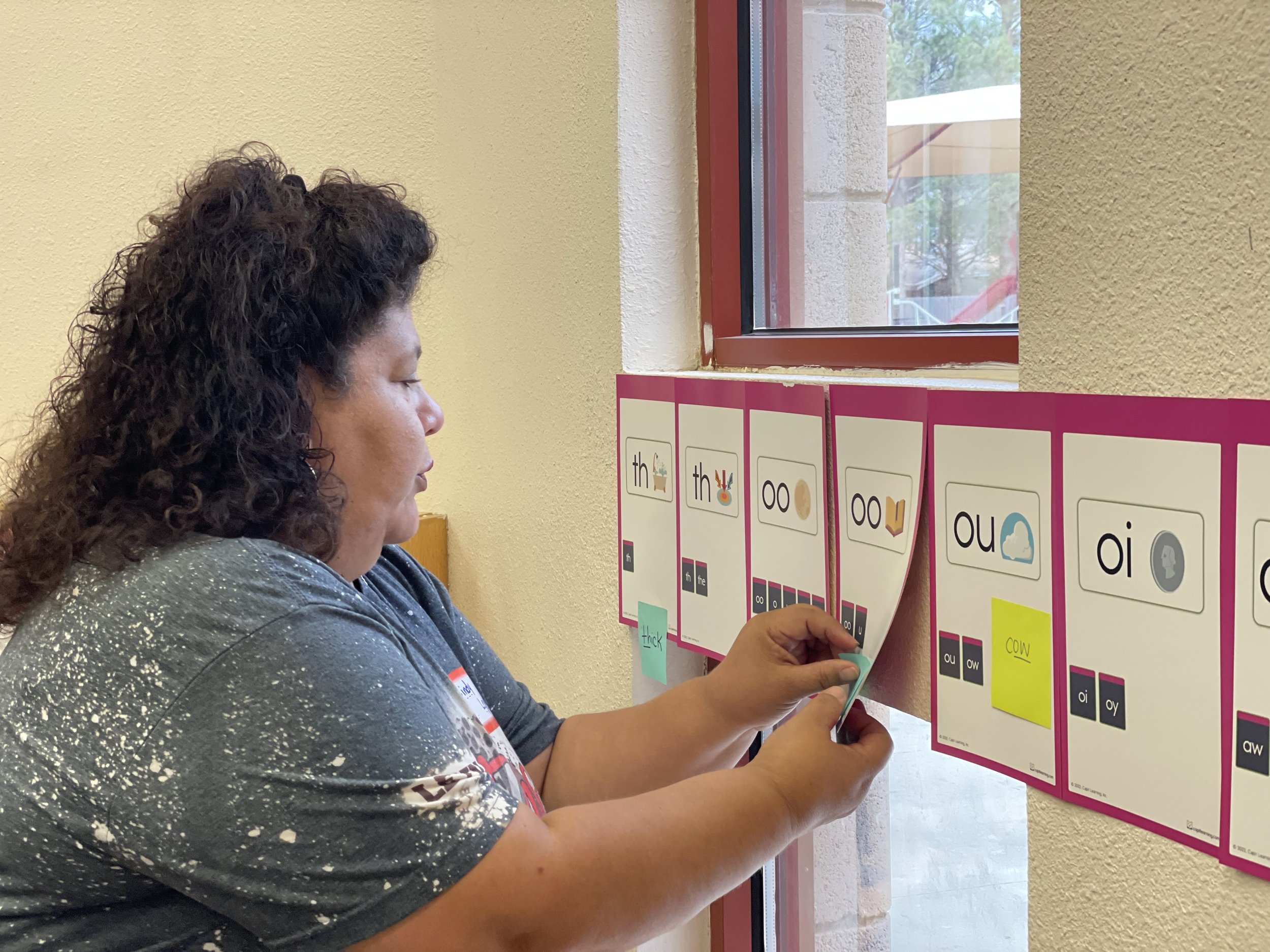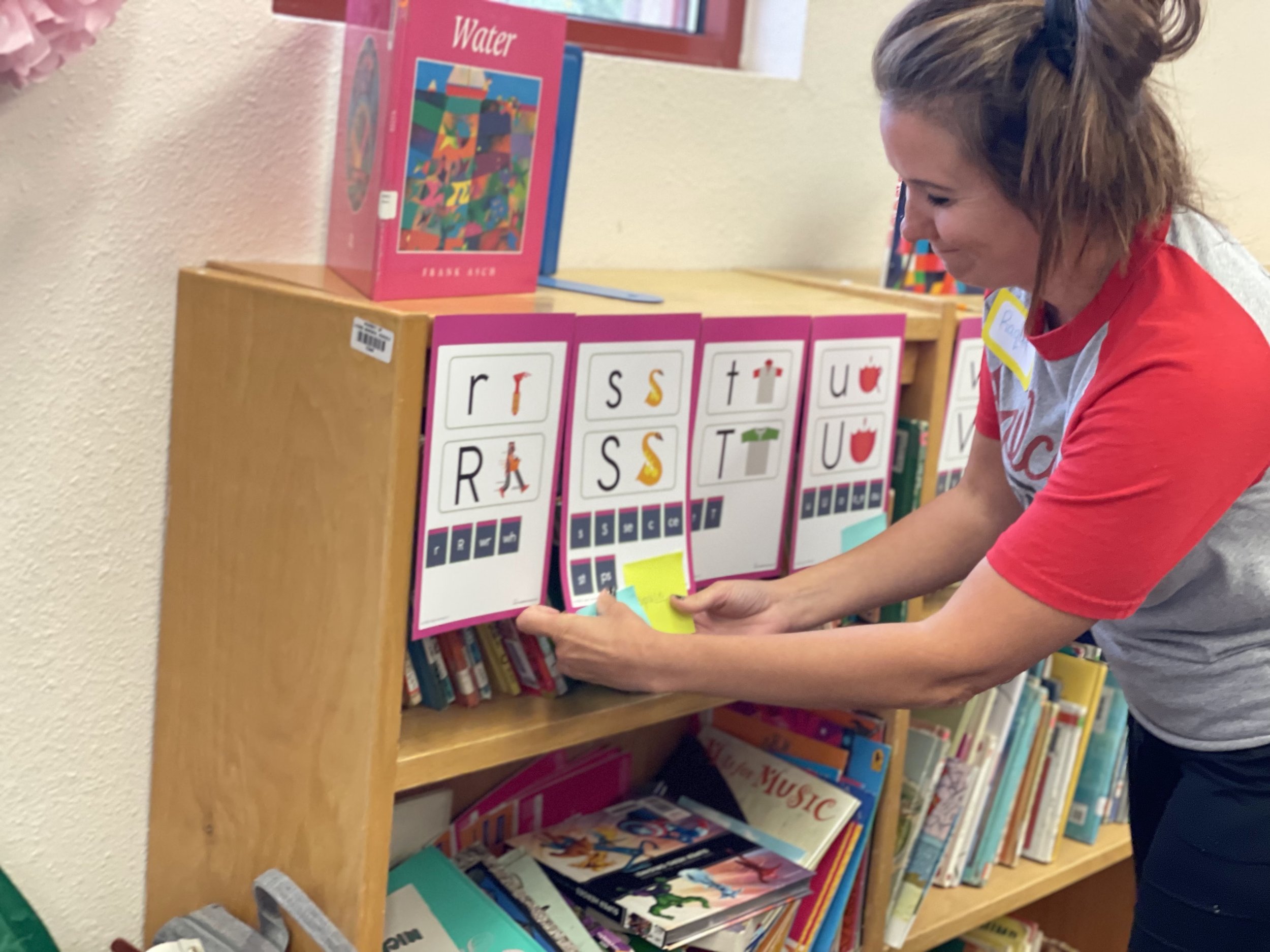Decoding Sight Words
Traditional Methods
It is common practice to teach young students—as early as preschool—to memorize sight words such as I, a, an, are, at, go, her, his, in, if, no, of, that, this, you, was, we, were, what. It is widely assumed that students can’t decode sight words because of their irregular spelling. Instead, we should teach students to memorize them as a whole.
Sight words have roots in the Look and Say and the Whole Language curriculums. Even traditional phonics curriculums teach students to memorize between 300 and 1000 words by “sight.”
The CAPIT Method
We believe memorizing sight words overloads the memory, encourages guessing, and discourages decoding. If the use of sight words derails even one or two students, their use is indefensible—why not use a method that works for every student every time?
Rote memorization doesn’t work because our cognitive architecture prevents us from memorizing countless random symbols. Try memorizing numbers out of a phone book, and you will quickly encounter memory overload. The overload occurs because phone numbers are meaningless number strings, and researchers have shown that it is extremely difficult to memorize a series of non-alphabetic symbols (see Ehri & Wilce, 1987; Jorm, 1981).
Thankfully, words are not like random phone numbers made up of meaningless strings of letters. Words are comprised of letters representing the sounds of words we use daily, enabling us to remember the spelling of thousands of words without much difficulty (for a deeper insight into the mechanism that makes this possible, see David Share and the Self Teaching Hypothesis).
The CAPIT Method enables students to decode every word in the English language—from rat to aristocrat. With CAPIT, there are no sight words, and no words are memorized and read by sight as a whole. Instead, we show students how to decode each word using our sound and spelling algorithm. Eventually, they learn to recall these connections efficiently and fluently without conscious effort.
In our professional development, we show teachers how to decode sight words and teach them to their students—explicitly and systematically.
